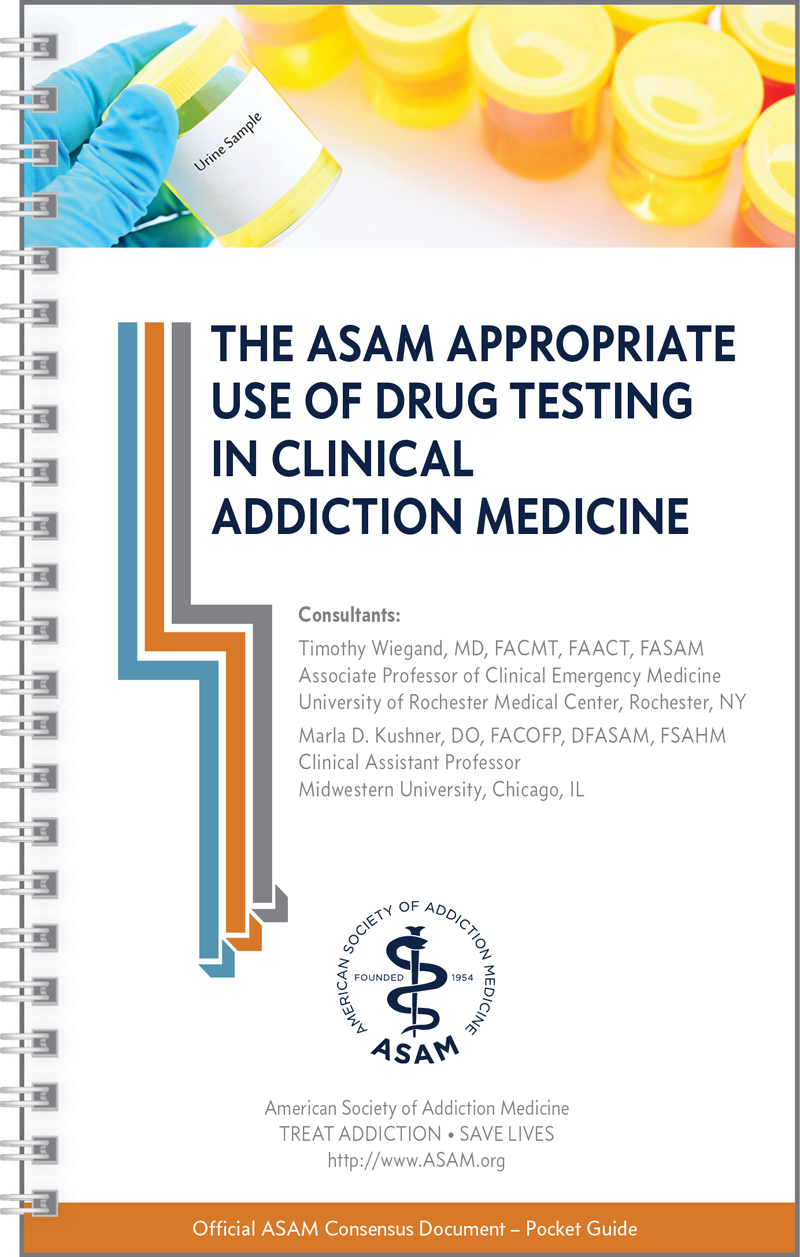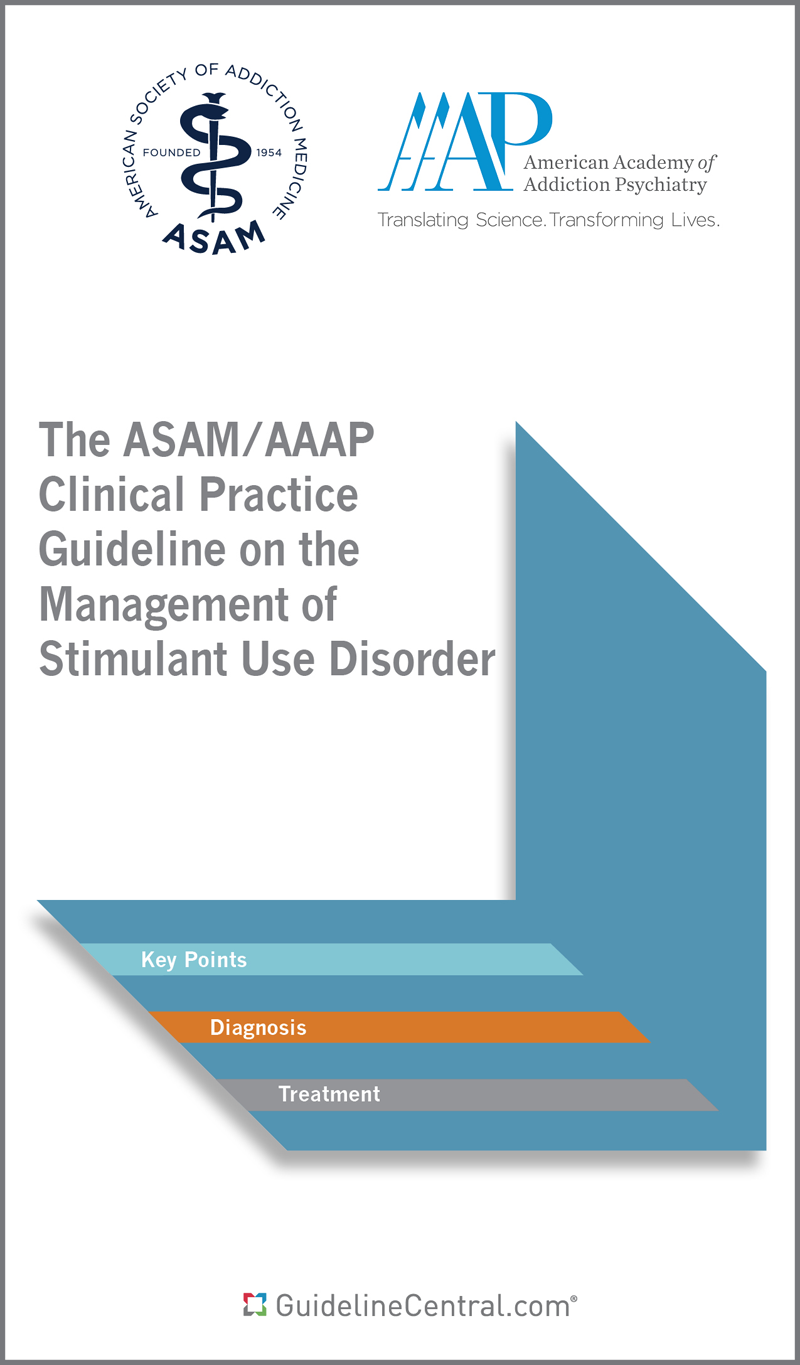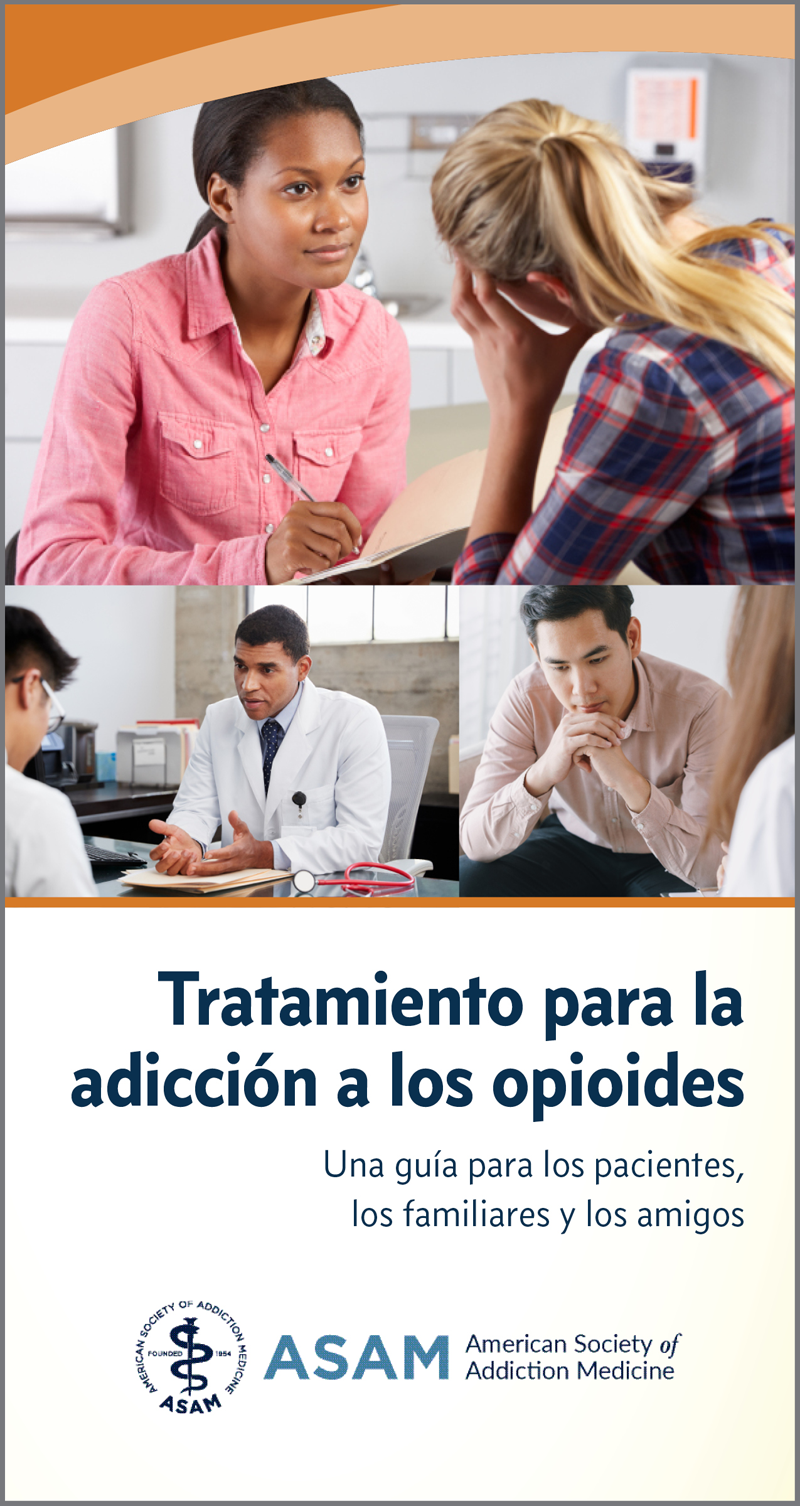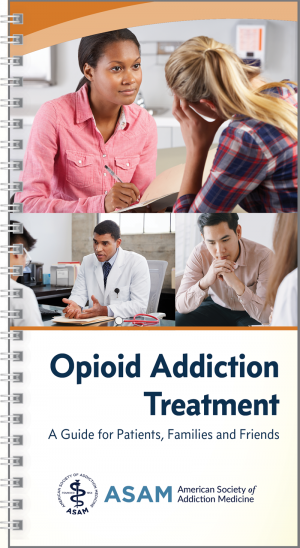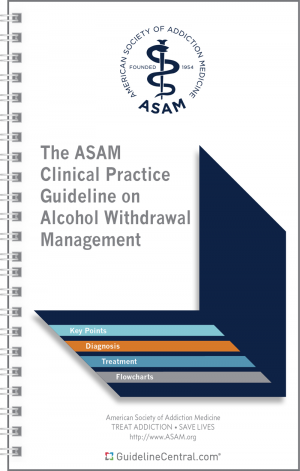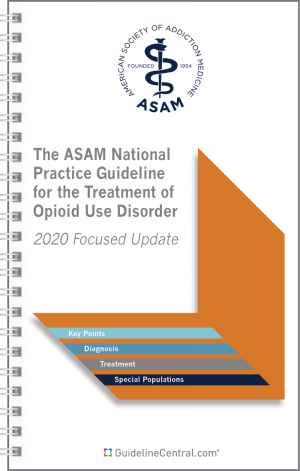ASAM Appropriate Use of Drug Testing in Clinical Addiction Medicine
- 36 pages
- Spiral Bound
- 80# Aqueous Coating
- 4.25" x 7.25"
- Ships in 5 – 10 business days
- Key Points
- Principles of Drug Testing in Addiction Treatment
- Process of Drug Testing in Addiction Treatment
- Additional Considerations for Drug Testing in Addiction Treatment
- Tables
- Terms Often Used Imprecisely to Refer to Presumptive and Definitive Tests
- Potential False Positive Sources
- General Windows of Detection Across Matrices
- Components of Urine Specimen Validity Testing
- State Policies on Substance Use During Pregnancy
- Physician's Health Programs
- Windows of Detection
- Biological Matrices
- Settings
- Special Populations
- For purchases under 100 in quantity, we suggest placing the order directly through the website.
- We offer group/institutional licenses for multi-user accounts (discount amount varies depending on the number of users).
- We are proud to offer special discounts to medical schools, training programs, students and more.
- We offer bulk purchase discounts based on number of copies and number of titles.
Contact Us for more details
Description
This resource is for informational purposes only, intended as a quick-reference tool based on the cited source guideline(s), and should not be used as a substitute for the independent professional judgment of healthcare providers. Practice guidelines are unable to account for every individual variation among patients or take the place of clinician judgment, and the ultimate decision concerning the propriety of any course of conduct must be made by healthcare providers after consideration of each individual patient situation. Guideline Central does not endorse any specific guideline(s) or guideline recommendations and has not independently verified the accuracy hereof. Any use of this resource or any other Guideline Central resources is strictly voluntary.
